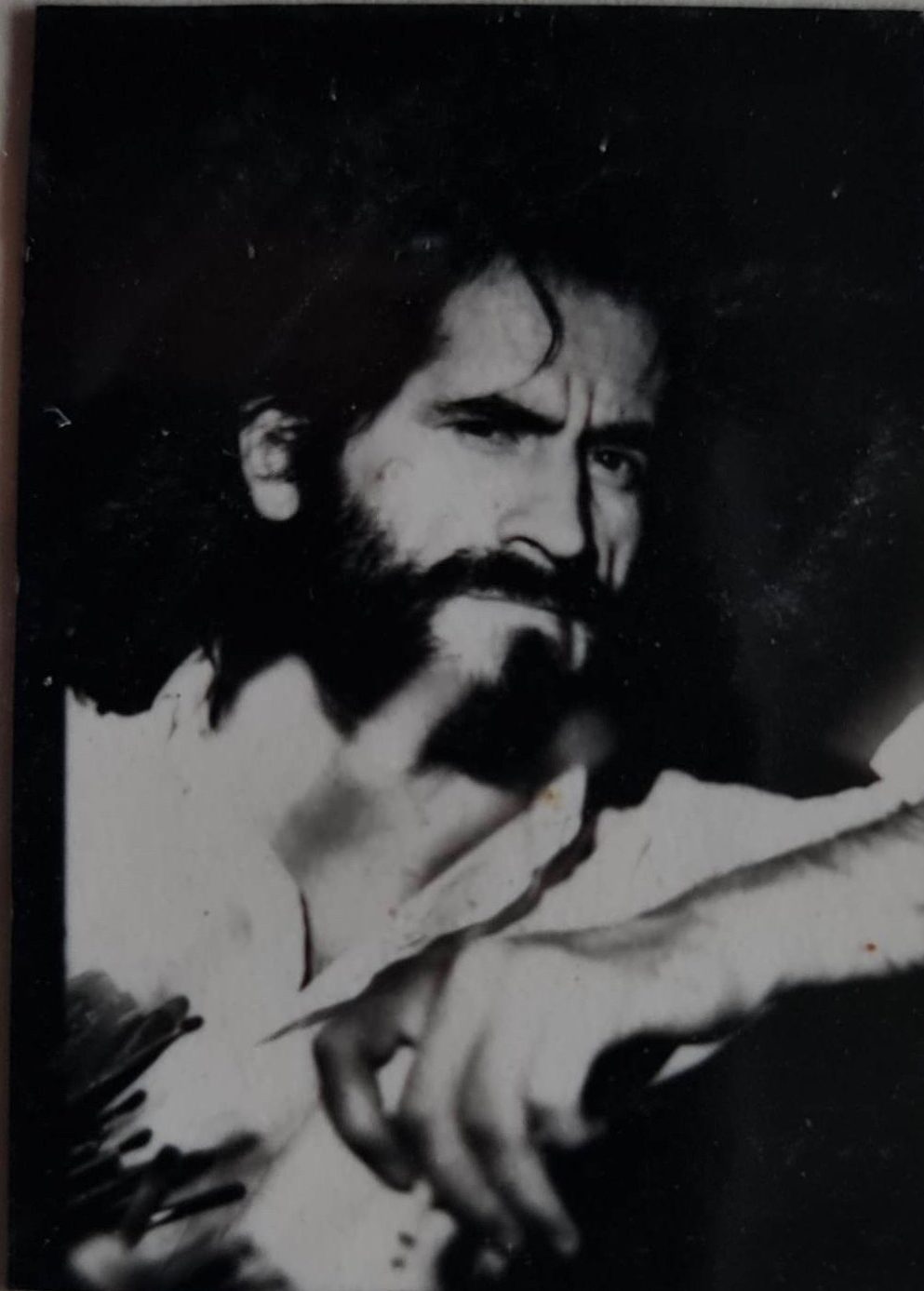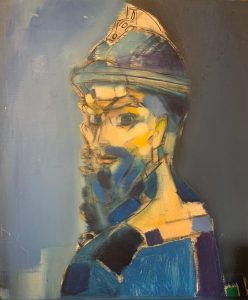The painting of Georges Kastriot Skenderbeg is profoundly compelling. Each brushstroke speaks volumes of the artist’s unparalleled prowess. The allure is not solely in Skenderbeg’s adept rendering but also in his synthesis and harmonization of varied artistic influences.
A veritable tour de force that adeptly embodies the confluence of past and present, forging the art of the future.
The color facets, especially evident on the visage, are undeniably redolent of Cubism, a revolutionary school spearheaded by luminaries like Pablo Picasso and Georges Braque. Nevertheless, it’s evident that the artist did not confine himself to a singular movement’s inspiration. The fluid shapes and vivacious chromatic range further resonate with other artistic schools, including that of Bacon.
In categorizing this oeuvre, it might be positioned within modernism due to its pronounced Cubist undertones and its pioneering approach to visual representation. Yet, the eclectic confluence of inspirations might also incline it towards post-modernism, an artistic paradigm unafraid to amalgamate diverse styles and epochs to birth something wholly original.



 Berisha e Kuqe autoportrait, courtesy of the family (Keka Kreshnik Berisha ).
Berisha e Kuqe autoportrait, courtesy of the family (Keka Kreshnik Berisha ). 